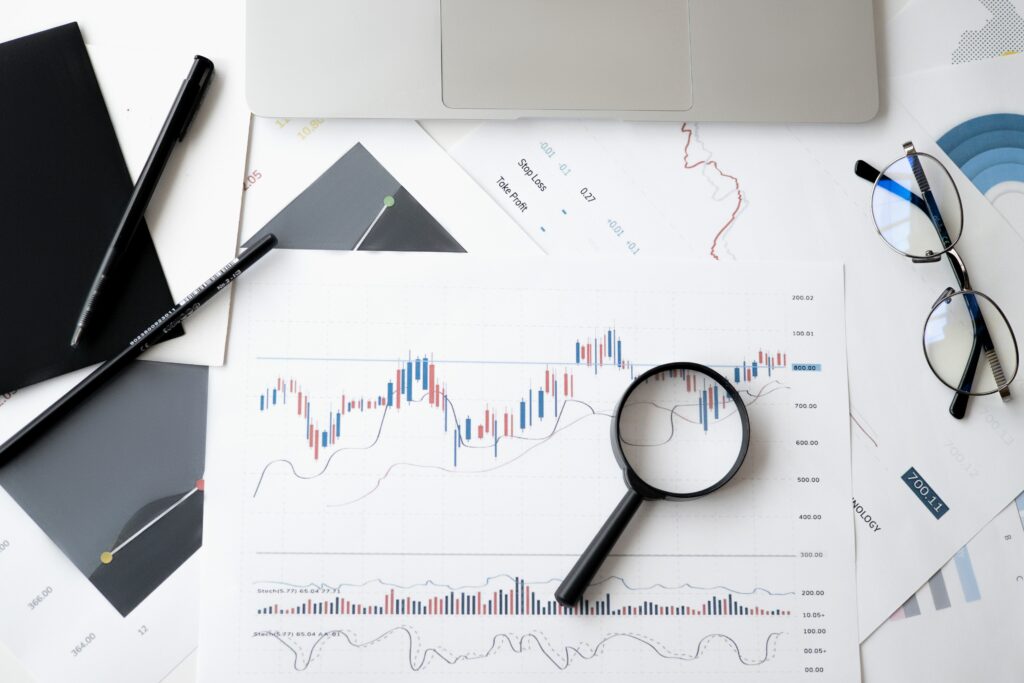The eCommerce understanding of supply and demand has changed. The notion of a simple sales funnel that users travel through from intent to purchase has changed. Changing customer behavior, such as omnichannel purchasing, is in part to thank for this. Now more than ever, understanding eCommerce supply and demand is crucial to your business.
To understand supply and demand, customers’ behavior should be analyzed, leading to more accurate merchandising. This can be achieved through AI analyzing human behavior and presenting buying patterns. Through joining historical and real-time behavior, we can understand supply and demand more than ever before. Let’s take a look at how.
Predictive Behavioral Forecasting
Predictive behavioral forecasting uses mathematical or statistical techniques on historical or transactional data to predict the future behavior of customers. 69% of marketers use this technique to boost sales. This allows merchants to make decisions based on expected future results. This goes beyond passive customer analytics; it’s dynamic and makes suggestions for the future.
Businesses are heavily investing in customer behavioral prediction, as it is these insights that guide almost all business processes. After all, the customers should be happy. Using accurate predictions through audience segments is an effective strategy that can lead to brand growth and increased revenue.
Predicting customers behavior on your site helps you to construct a way to lead customers to their end goal; as you know what they are looking for in advance.
How Is This Achieved?
This can be done through analyzing customer behavior metrics such as:
- Online actions (feedback analysis/focus groups)
- Data analytics (purchase history/cart abandonment)
- Current trends
- Real-time information

Why Use This?
In this digital era, understanding supply and demand is crucial for retailers to be able to stay relevant and competitive. Consumer trends are constantly changing, and your eCommerce store needs to stay on top of this. With overproduction rates at around 30-40% in the fashion industry, being able to predict customer needs has never been more important.
On top of this, predictive analysis shows the customers that you care about their experience. Anticipating their future behavior makes their journey smoother and easier, presenting them with a sleeker overall experience. This marks the way for repeat customers, and even lifetime customers.
Store Funnel Insights
Being able to predict how customers will act on your site is a great way of ensuring they have a smooth journey. A way to take this deeper is through store funnel insights. Predictive analytics can include store funnel insights, to identify now just how customers will act, but where in the journey this will take place.
Funnel analysis uses the flow and steps of users’ actions on your website. This can be from the moment they join, throughout their browsing journey and all the way to checkout. Through analyzing this funnel, you can see where users drop in and out of the funnel, and what changes you can make to create the outcome you want.
Funnel Bottlenecks
AI technology can pinpoint funnel bottlenecks; why a product didn’t sell as well as expected by considering the different factors affecting this:
- The position on page
- The collections it appears in
- The photos used to present it
- The availability of this product
A/B testing can then be used to try out different variations, and see which works best.

Benefits of Funnel Analysis
Understanding your funnel can help you to understand customers, identify points of friction, optimize for conversion and reduce cart abandonment. It can also help you to understand supply and demand on a deeper level, by identifying what has been going right or wrong for you up until this point. Once you know what’s going wrong- you can change it. This could have the great impact of reducing wasted time, effort or materials.
Understanding Supply and Demand
Understanding supply and demand is important to survive in this digital era. Without basing your strategy around this, customers will not receive the level of online experience they want to. Your business could also waste money on over-manufacturing, or losing purchases through website errors.
Understanding supply and demand fully opens up the door for proactive and reactive planning for unexpected scenarios, creating resilience towards unexpected events. It also helps smooth your overall general eCommerce operation into one that fits the customers and merchants needs.
Allowing precise budgeting, precise inventory supply management and a smooth user experience: understanding supply and demand is crucial and beneficial to all.
